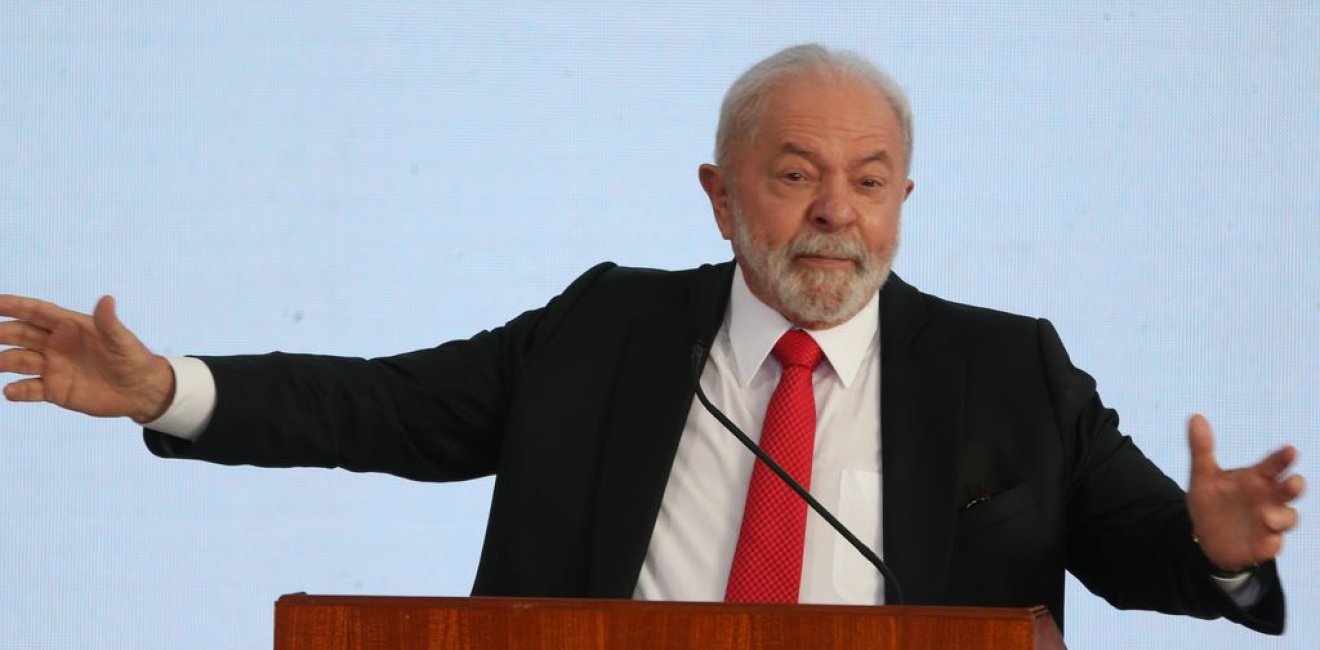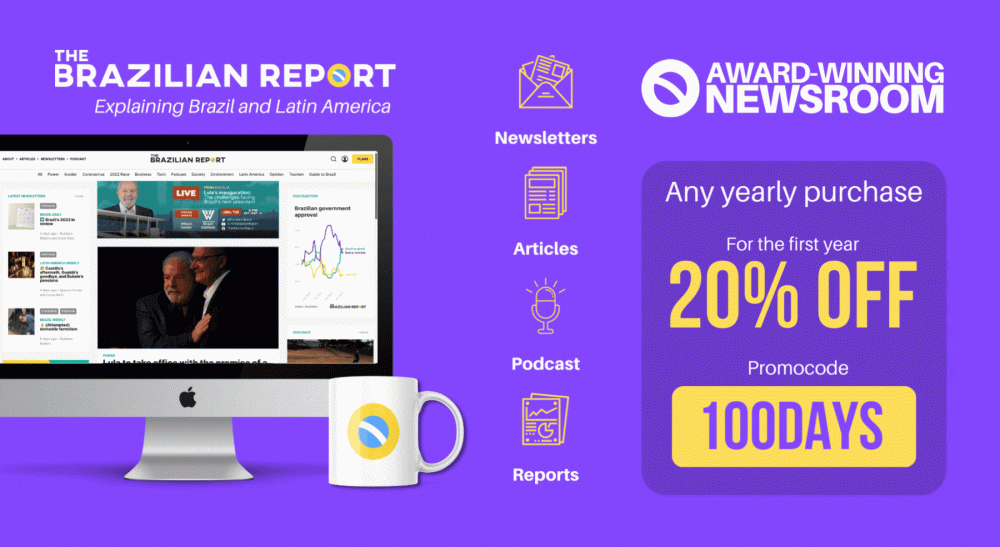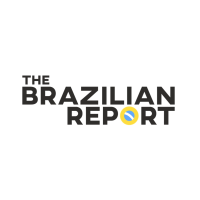In its first policy meeting of the year, the Brazilian Central Bank’s Monetary Policy Committee kept the country's benchmark interest rate stable at 13.75 percent, where it has been since last August.
In a statement, the committee said the scenario looks "particularly uncertain on the fiscal side and with inflation expectations drifting away from the inflation target on longer horizons." The bank added that, in the current scenario, "the Monetary Policy Committee reaffirms its commitment to set monetary policy to meet the targets."
The Central Bank's concerns about fiscal risks are echoed in financial markets. Investors — especially domestic ones — have reacted badly to President Luiz Inácio Lula da Silva's recent statements on the need to boost social programs and loosen inflation targets. Lula also took a swipe at the independence of the Central Bank — a reality since 2021, designed to shield monetary policy from political interference.
“There is a lot of uncertainty about the government's commitment to fiscal responsibility,” Lucas Lima, an analyst at VG Research, tells The Brazilian Report. He cites that economic risks also stem from the expiration of fuel tax breaks enacted last year and how the Chinese economy (Brazil's main export destination) will perform throughout the year.
Depending on how these factors play out, inflation could accelerate in the short-term.
Nevertheless, what worries the Central Bank most is the deterioration in long-term expectations. For the second week in a row, analysts have downgraded their forecasts for next year’s consumer price index to 3.9 percent — above the 3.25-percent target.
Markets expect the Selic benchmark interest rate to end the year at 12.75 percent — and to fall to 9.5 percent by the end of next year. That would finally bring the rate back to single digits, but represents a half-point-increase from last month's figures.
“A sustained drop in interest rates will allow for growth resumption in the country. But that will only happen when expectations become more positive,” Bruno Komura, an analyst at Ouro Preto Investimentos, tells The Brazilian Report.
For the moment, however, markets expect the Brazilian economy to grow just 0.8 percent this year — and 1.5 percent the next.
High interest rates pose risks for companies
Last year, markets expected a more benign scenario for this year and believed the Central Bank would be quicker to slash the benchmark interest rate. With the expectation of lower interest rates in the medium term, many companies began to opt for post-fixed interest rate loans tied to the local interbank deposit certificate rate, known as the CDI.
Luciano Sobral, a columnist for The Brazilian Report and chief economist at Neo Investimentos, shows that during part of 2022, Brazil had a combination of CDIs at extremely high levels and a very inverted interest curve.
However, with the Selic rate remaining high for longer than previously expected, interest on these debts will also be higher than originally planned — which is never a good sign, especially for companies that are already more indebted. This, in turn, could even lead to increased corporate delays and defaults.
According to Mr. Sobral, the best thing the Lula administration can do to improve the economy is to start giving the Central Bank more conditions to ease its monetary policy.
This could be done by “reaffirming the independence of the Central Bank and presenting as soon as possible a proposal for a fiscal framework that leads to a debt-to-GDP ratio trajectory that is not explosive,” says the economist.
In January, Finance Minister Fernando Haddad announced his first plan to reduce the public deficit, which included a new debt refinancing program, efforts to reduce federal spending, and the fine-tuning of mechanisms capable of stemming revenue losses.
A few days later, at the World Economic Forum in Davos, Mr. Haddad also promised to present a new fiscal framework to replace Brazil’s current spending cap “by April,” a bolder promise than the one the minister had made earlier this year.
These measures reassured the market somewhat, as they were seen as a good starting point. However, investors still expect Mr. Haddad to give details on his proposals, especially as many see them as overly optimistic.
Regardless of their content, though, enactment will require a lengthy process in Congress. A change in messaging to prevent the crisis of expectations from deepening can be done immediately. And have quicker results.
Like the content? Subscribe to the Brazilian Report using the discount code 100DAYS to get 20 percent off any annual plan.








